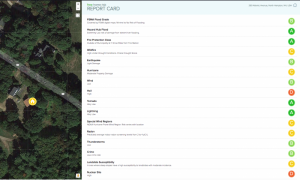2 min read
Profiles in Risk – E165: Preventing Internal Water Damage with AIsling Carlson of Flo Technologies by Moen
Profiles in Risk – E165: Preventing Internal Water Damage with AIsling Carlson of Flo Technologies by Moen by Nicholas Lamparelli It’s amazing,...

 Erika Cruz
Erika Cruz

 It’s easy to overlook how much tenant behavior affects your risk profile. But what happens inside your property often carries more weight than what’s written in your insurance policy. When people feel like they’re living in a stable, clearly managed environment, they tend to act more responsibly. They follow the rules, take better care of the space, and speak up when something feels off.
It’s easy to overlook how much tenant behavior affects your risk profile. But what happens inside your property often carries more weight than what’s written in your insurance policy. When people feel like they’re living in a stable, clearly managed environment, they tend to act more responsibly. They follow the rules, take better care of the space, and speak up when something feels off.
